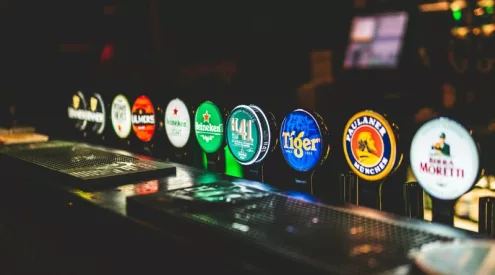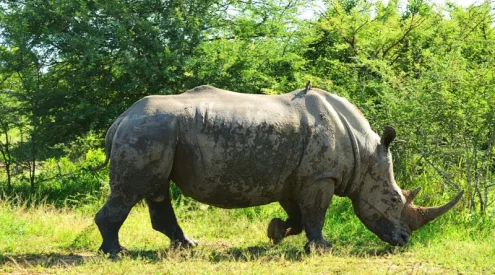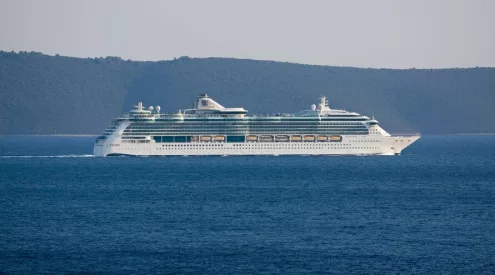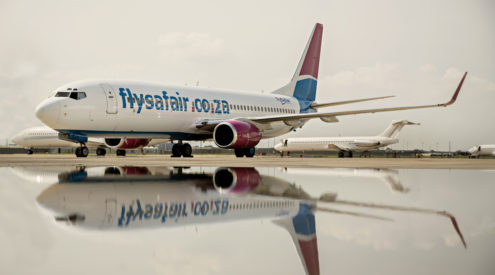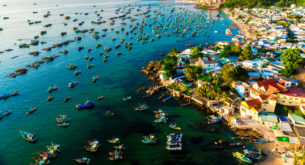Sailors participating in the Ocean Race, a challenging event that traverses some of the world’s most isolated oceanic environments, have discovered microplastics in every sample they collected.
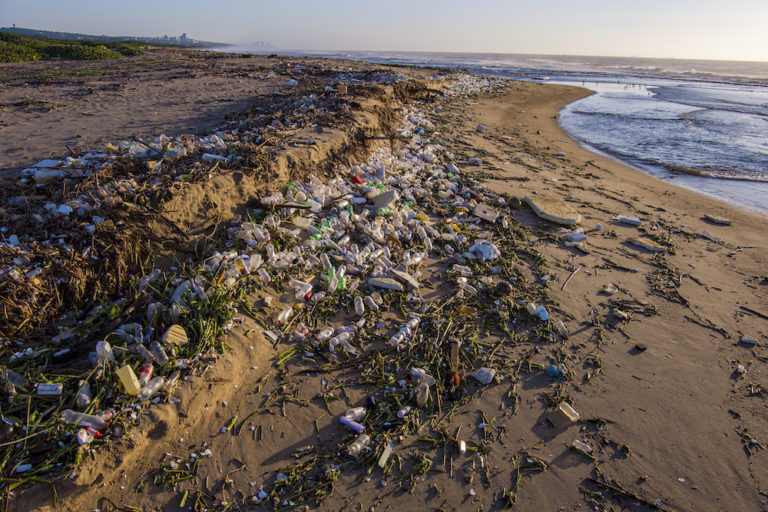
Picture: GettyImages
In certain areas, the concentration of microplastic particles reached up to 1,884 per cubic meter of seawater, which is up to 18 times higher compared to similar tests conducted during the previous Ocean Race in 2018. Scientists have attributed this increase to the enhanced sensitivity of their measurement instruments.
Victoria Fulfer, a visiting scientist from the University of Rhode Island at the National Oceanography Centre (NOC) in the UK, expressed deep concern over the findings. She stated, ‘It’s concerning that we are finding microplastics in every sample, from coastal areas to the most remote regions of the ocean. We are seeing much higher concentrations this year, which can be a sign of increased pollution, but also is related to the increased sensitivity of our analysis.’
The samples were obtained during the initial legs of the race, which began in January and will conclude in July. The race route passes through the South Atlantic Ocean, near a location considered the farthest from land on Earth.
During leg two, spanning from Cabo Verde to South Africa, the microplastic concentrations in the 45 collected samples ranged from 92 to 1 884 particles per cubic meter. In leg three, which covered the stretch between Cape Town and Itajaí, Brazil, concentrations varied from 160 to 1,492 per cubic meter.
The boats involved in the race are equipped with filters capable of capturing plastic particles measuring between 0.03mm and 5mm. The collected samples are sent to the NOC for analysis, with support from the University of Rhode Island.
The highest concentrations of microplastics were detected in proximity to coastlines and urban areas. For instance, readings off the coast of South Africa revealed concentrations ranging from 816 to 1 712 per cubic meter. Microplastic accumulation was also observed in the “garbage patch” regions of the sea, where currents cause the plastic to accumulate. In comparison, concentrations during the 2017-18 Ocean Race ranged from 50 to 100 per cubic meter.
Samples taken near Point Nemo, the most remote location on the planet situated 2 688km (1,450 nautical miles) from land in all directions, exhibited 320 microplastic particles per cubic meter. This is a significant increase compared to the previous race, which recorded concentrations of 9 to 41 particles.
The primary constituent of these plastics is polyethene, a material commonly used for single-use packaging, plastic bags, and containers such as bottles.
Fulfer expressed dismay regarding the elevated concentrations of microplastics near shorelines, emphasizing the ecological and economic significance of coastal areas. She remarked, ‘This is concerning because coastal areas are so vital for fisheries production and the blue economy. All these microplastics are available for organisms to ingest, which could then impact our health.’
The research on microplastics is part of a comprehensive scientific program being carried out during the 62 000km Ocean Race. The participating sailors collect various data, including sea temperatures, CO2 levels, oxygen levels, and trace elements in locations that scientific research vessels seldom reach. This data is shared with multiple scientific organizations and made publicly available at here.
ALSO READ: Reptiles in the suburbs
Follow us on social media for more travel news, inspiration, and guides. You can also tag us to be featured.
TikTok | Instagram | Facebook | Twitter


